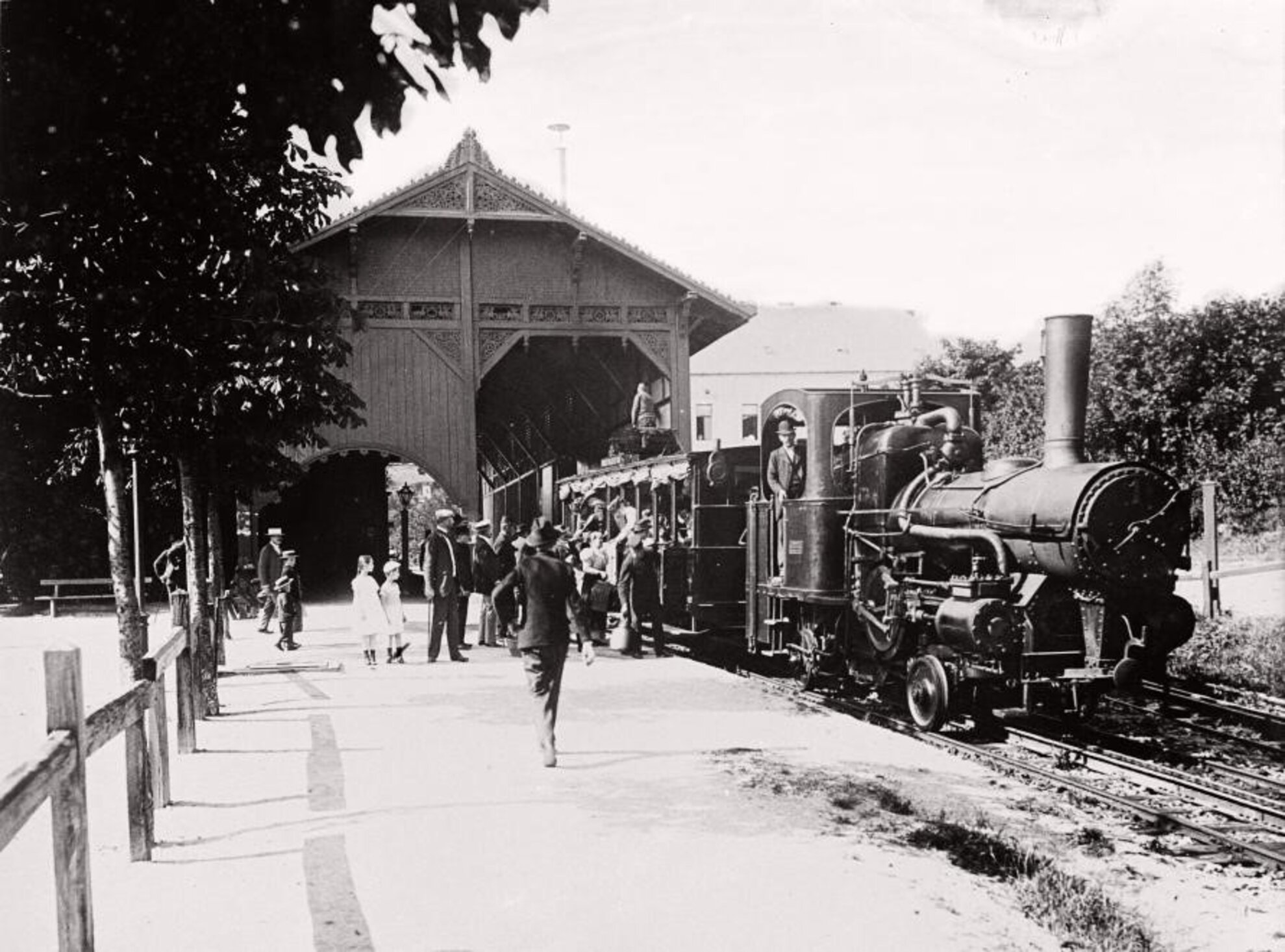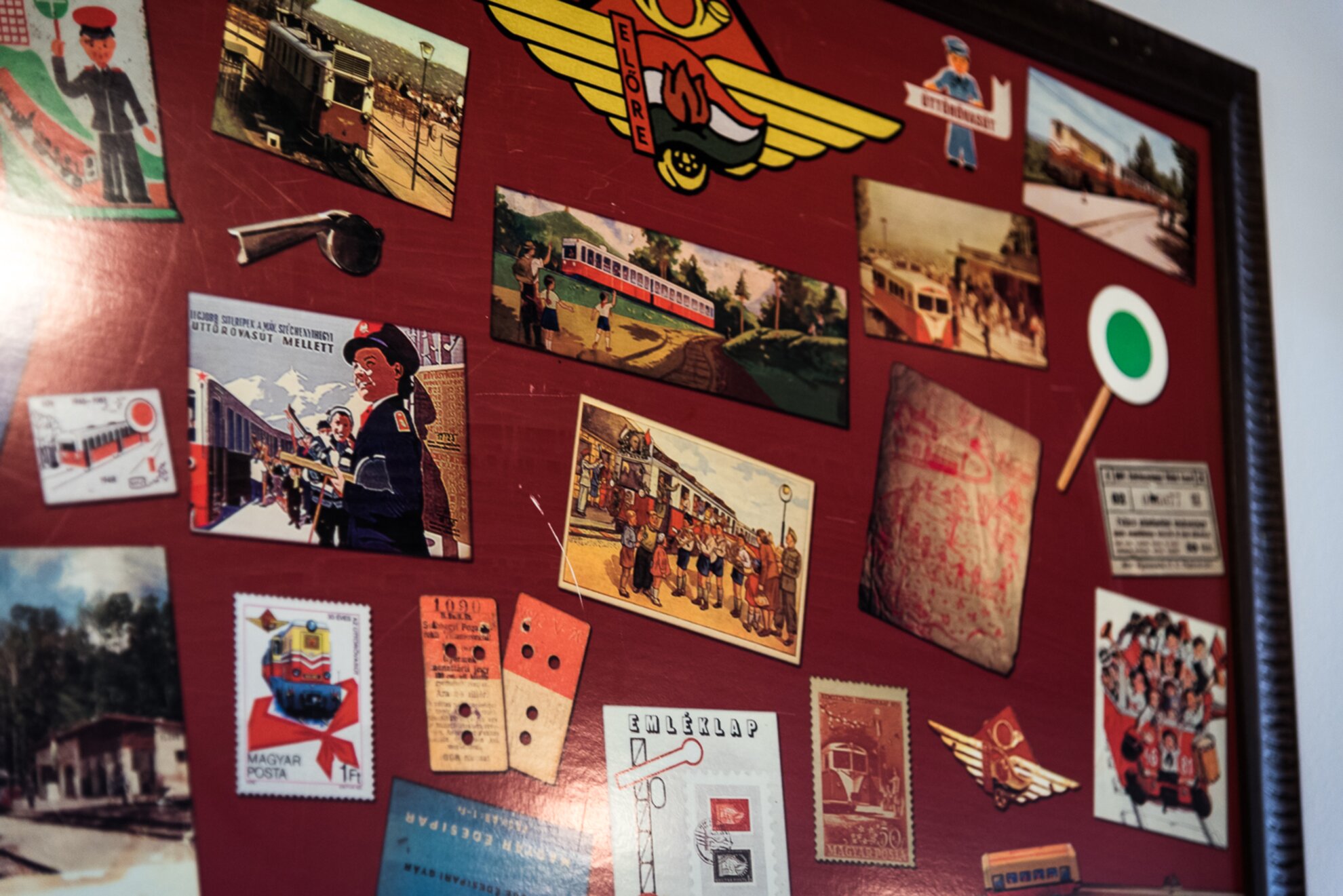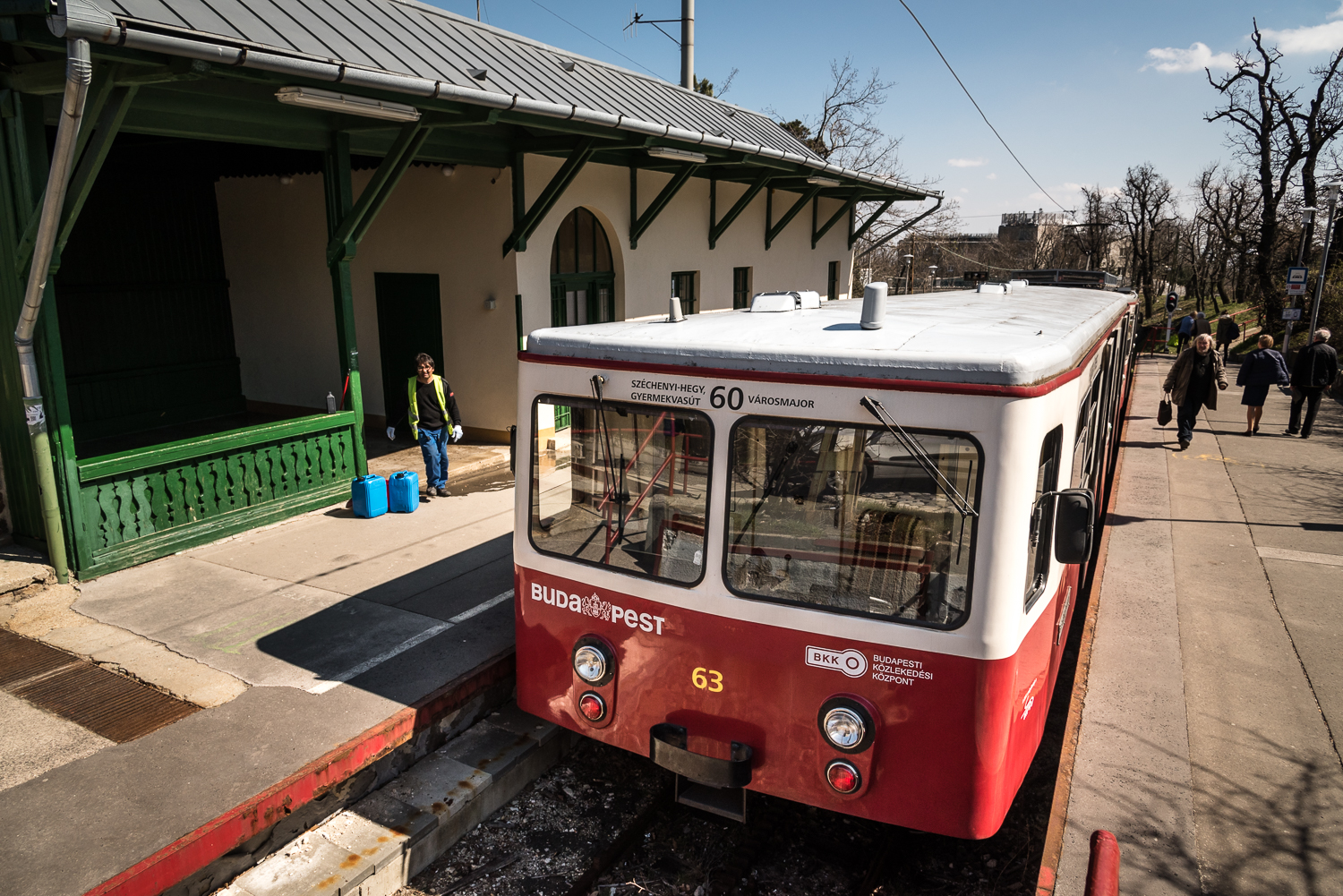The fire-red cogwheel railway, officially tram 60 in Budapest’s public-transport network, is one of the city’s most popular excursion options. The Fogaskerekű transports passengers from Városmajor park up to Széchenyi-hegy, through Svábhegy. It also provides easy access to popular attractions such as Normafa and the Children’s Railway – or you can simply sit back and enjoy the beautiful views of the Buda hills.

Its history is two-fold. In the 19th century, Svábhegy was a region covered with vineyards and forests, slowly being discovered by city folk. At first it became a popular recreation destination for writers, actors and artists, then villas began to be built, then finally hikers popped up more often. It soon became opportune to integrate the area into the urban transport network.
To meet increased demand, a horse-drawn carriage first appeared, then in 1874, the lower section of the cogwheel railway to Svábhegy was created. Back then, they even thought that that would be the end of the line – but it wasn’t.

The development and popularity of the Buda hills accelerated apace, so soon there was a real need for the cogwheel to be extended. Licensing and construction, and then maintenance, was carried out, suitably enough, by a Swiss company, Internationale Gesellschaft für Bergbahnen, founded in 1873, which specialised in cog railways.
By 1880, the company had gone bankrupt, and from then on construction was carried out by the local Svábhegy Cogwheel Railway.

Given the popularity of the cogwheel, its condition deteriorated, and it became increasingly outdated and uneconomical. For the first few decades, it was still steam-powered, failing to keep pace with developments.
By 1926, by the time the railway line was licensed, it was considered vintage. That was just when it became the property of the City of Budapest, and under the management of BSzKRt, forerunner of today’s Budapest Transport Company, which operated until 1949.
This allowed for the modernisation of the entire section a year later, which soon led to the whole line being electrified by the summer of 1929.

By the mid-1960s, it had become apparent that the fittings had deteriorated so much that it was time for serious renovation. Due to the bureaucracy and the financial crisis, works did not begin until 1973, but were carried out in full. Not only was the entire fleet replaced, but the track and worn-out equipment were also refurbished. The next fine tuning came in the early 2000s.

The cogwheel had only one major accident in its 130- to 146-year history. There have been several minor derailments but barely causing cuts and bruises. In January 1987, however, due to heavy snow and frost, the primary brake of one of the vehicles seized, and the train broke loose and then collided front-on with the other cogwheel train advancing in front of it. The two drivers died and several serious injuries occurred.
The vehicles involved in the accident were not taken out of service, but both were restored and are still in use to this day. The brake system of the fittings then underwent more serious modification and modernisation.

Everything has been working smoothly since, providing passengers with scenic views of the Buda hills for the price of a regular transport ticket.
For the schedule, see here.




